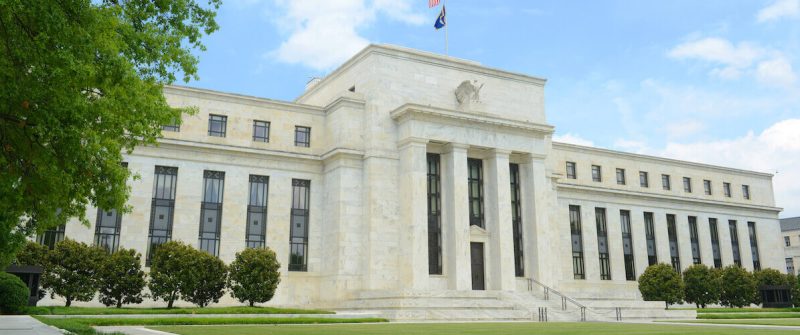In the wake of the Federal Reserve’s unexpected decision to slash interest rates, the stock market experienced a flurry of activity that culminated in a last-minute reversal of fortunes. This move by the Fed, characterized by many as a bold and unprecedented response to economic uncertainty, sent shockwaves through financial markets worldwide. The impact was immediately apparent as major stock indices swung wildly throughout the day, reflecting investors’ uncertainty and anxiety over the implications of the rate cut.
The day began on a positive note, with market participants cautiously optimistic about the potential benefits of a rate cut. The expectation was that lower interest rates would stimulate economic growth and provide a much-needed boost to corporate profits. As a result, stocks opened higher, buoyed by the prospect of easier credit conditions. However, the initial optimism quickly gave way to confusion as conflicting signals emerged regarding the Fed’s future intentions.
Market volatility intensified as investors parsed through the Fed’s announcement and conflicting statements from policymakers. While the rate cut was widely expected, the magnitude of the reduction caught many off guard, leading to a surge in market uncertainty. Concerns regarding the health of the economy were reignited, prompting a rapid reversal in market sentiment.
The abrupt shift in investor sentiment was particularly evident in the technology sector, which experienced sharp swings in stock prices. Companies reliant on borrowing to fund their growth initiatives were particularly susceptible to market volatility, as the prospect of lower interest rates raised questions about the sustainability of their business models. As a result, tech stocks initially surged on the news of the rate cut, only to retreat sharply as uncertainty gripped the market.
The energy sector also witnessed significant turbulence, with oil prices fluctuating in response to the Fed’s decision. The rate cut, seen as a potential boon for energy companies grappling with low commodity prices, initially drove oil prices higher. However, concerns about the broader economic impact of the rate cut led to a sudden reversal, sending energy stocks tumbling along with oil prices. The sector’s vulnerability to external shocks was laid bare, as investors grappled with the implications of the rate cut on global demand for oil.
Amidst the turmoil, defensive sectors such as utilities and consumer staples emerged as safe havens for investors seeking refuge from market volatility. These sectors, traditionally less sensitive to interest rate movements, outperformed the broader market and provided a measure of stability in an otherwise turbulent trading session. Investors sought solace in the relative predictability of these defensive stocks, viewing them as a hedge against the uncertainty unleashed by the Fed’s unexpected rate cut.
As the trading day drew to a close, the market’s last-minute u-turn reflected the prevailing unease among investors. The initial euphoria following the rate cut gave way to a sober assessment of the challenges ahead, as concerns about the global economy and trade tensions resurfaced. The Fed’s decision, while intended to provide a shot in the arm for the economy, served as a stark reminder of the fragility of financial markets in the face of uncertainty.
In conclusion, the Fed’s rate cut and the subsequent market reaction underscored the intricate interplay between monetary policy and investor sentiment. As market participants navigate the unpredictable terrain of global economic trends and policy shifts, volatility is likely to remain a constant feature of financial markets. The events of the day served as a stark reminder of the importance of staying vigilant and adaptable in an environment defined by rapid change and uncertainty.
